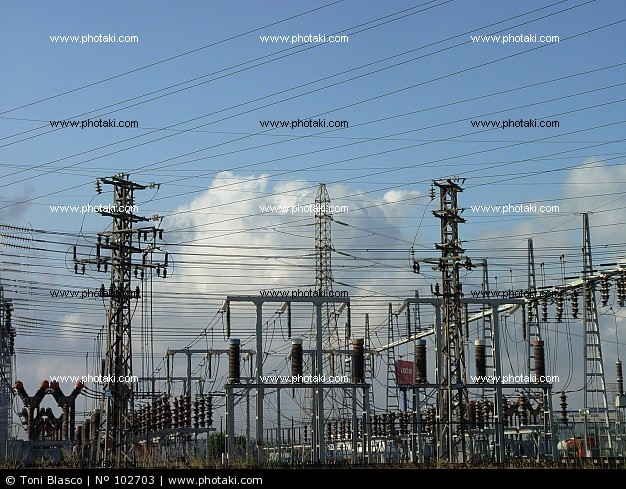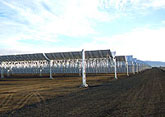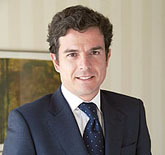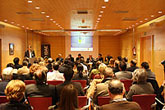Sensefields, the new traffic vertical of Spanish group TORROT, has developed a solution based on ground-based magnetic sensors that detect traffic data as well as information on gases, particles and noise that analyze the data in real time to manage pollution and traffic.
They allow to count the number of vehicles that circulate in an area, to measure the time between consecutive vehicles (time headway) or the instantaneous speed at which they circulate, to know the occupation of each one of the lanes of the way and to classify the different groups of vehicles by their length, among others. All this is done in a very precise way and maintained over time.
These sensors also detect gases, particles and noise, which are analyzed (in real time) along with the traffic data. The results allow verifying if the measures taken by the administrations to reduce pollution are effective or not.
When these wireless and batteries operated sensors, that last 5 years, detect the perturbation on the terrestrial magnetic field, they send the detections, in real time, to a data processing station (DPS), which receives, processes, integrates- all locally – and sends this information to software developed by Sensefields or to third-party applications.
«By having a significant sample of how each of the lanes of the road behaves, we can define the most optimal management, managing the traffic phases according to the level of congestion of each intersection and traffic needs at different times of the day.We help optimize traffic and reduce accidents and pollution,» says Juan Campos Duró, director of Sensefields Projects and Operations.
Success stories in pollution and traffic management
Currently, they are collaborating in the process of «traffic pacification» in Barcelona’s Las Ramblas where what has been put into practice is that usually the traffic light is in green phase for pedestrians and intermittent amber for vehicles, and when the sensor detects a car circulating at a speed higher than 30 km / h, the traffic light is closed to red, keeping the green for pedestrians.
«We are working hard in Mexico to solve the important pollution problems that cities such as Mexico City have,» said Juan Campos.
Another success story, at the interurban level, is being developed along 75 km of the Central Highway in Santiago de Chile. «In this case we detect and analyze the occupancy levels and the average speeds of each of the lanes, sending the information of recommended speed to the multiple variable messaging panels – upstream – to avoid accidents when vehicles approach the congested area and avoiding the accordion effect, «he explains.
Carlos Sánchez Criado
Publicista por la Universidad Complutense. Director comercial de publicaciones técnicas del sector de la energía durante doce años. Director de Energy News Events, S.L. desde 2012 difundiendo información en Energynews.es, movilidadelectrica.com e hidrogeno-verde.es. Y por supuesto, organizando eventos como VEM, la Feria del Vehículo Eléctrico de Madrid.

























